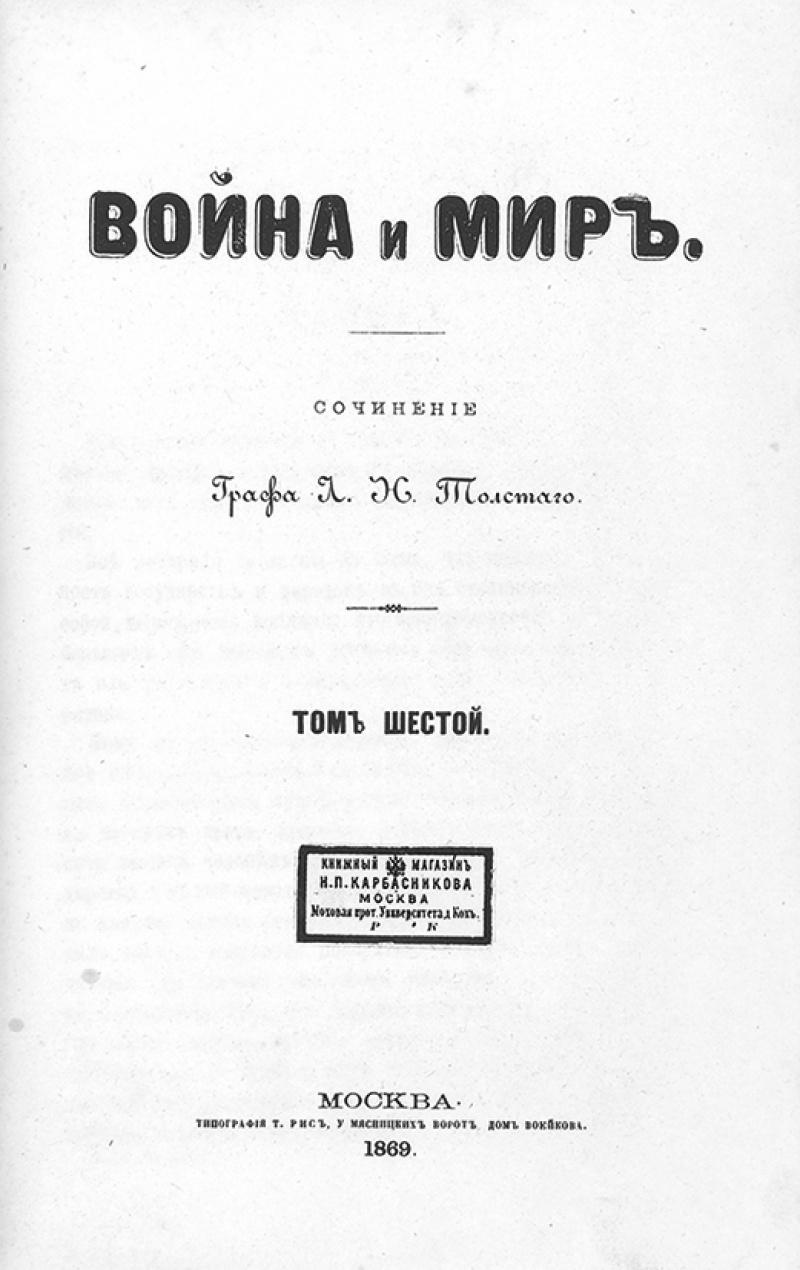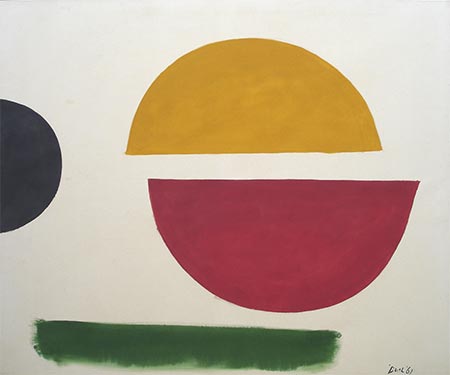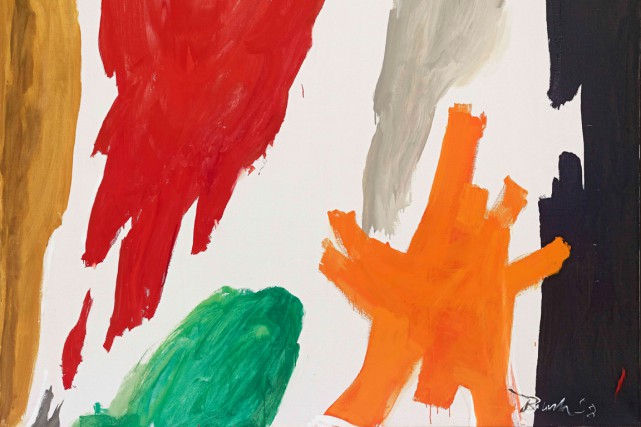...Thus roared the lions:—and on another occasion one of the choruses from Handel's Messiah. I can't remember anything about the audience; I assume there was one. What I remember is the endless rehearsing.
“We want Daniel, Daniel, Daniel,
We want Daniel, Daniel, Daniel.
Grrrrrrrrrrrrrrrrrrrrrrrrrrrrrrr
Grrrrrrrrrrrrrrrrrrrrrrrrrrrrrrr.”
And Daniel did not frown,
Daniel did not cry.
He kept on looking at the sky...
All this came back to me last Saturday evening when I was in the audience for a "choral festival" put on by seven local amateur choirs: MosaiK, A Celtic Welcome. The concert took place at Ottawa's (francophone) De La Salle high school; though it's only a very short walk away from our house, I'd never been inside before. This francophone school is known as un centre d'excellence artistique, specialising in the arts with pré-concentration and concentration programs: art dramatique, arts visuels, danse, cinéma et télévision, écriture, théatre, musique vents et percussions, musique cordes, musique vocale. This school's large amphitheatre was the venue for the concert and despite the appalling weather outside at the end of a day-long snowstorm, the roads, still unploughed, treacherous in the extreme, it was full, and the atmosphere in the multi-generational audience happily excited, even before the music began. I knew at once I was going to enjoy it.
I have rarely attended such a well stage-managed event of this kind. The exits and entrances of the 200 or more participants were so slickly organised, they must have rehearsed their movements for hours, let alone the actual songs. I was most impressed.
"Cette mosaique de voix et de chants traditionnels se rassemble afin de rendre hommage à la diversité culturelle du Canada ..." explained the programme, "in a non-competitive environment." I liked that. The chants traditionelles on this occasion were nearly all Irish or Scottish, plus a few from the Atlantic provinces of Canada with their Irish-Scottish immigrants, such as a choral arrangement of Make and Break Harbour (a famous folksong by Stan Rogers).
All the choirs, including some very small children in the Cross Town Youth Chorus wearing brightly coloured t-shirts, trooped on stage for the first, bilingual item, that was entitled Mosaik and included the lines:
Lots of talk won't get you far,Doggerel, but true.
Mais en chantant, c'est une autre histoire!
The little ones stayed on stage while all the older singers trooped off again to their various assigned waiting places, and sang a soft Irish lullaby and "Mouth Music" ... rumpty-tumpty diddly-doo! Then came an adult choir from the suburbs, the Cumberland Community Singers, who were considerably older, some white haired, who swayed to their music of choice. Love of the Sea had a flute obligato part along with the piano accompaniment.
Real quality, next––the de la Salle choir itself, with its 40 or so elegant girls in identical long black dresses and its 13 smartly dressed young men, some of them with voices that had only recently broken. All teenagers, but of the confident sort. About a third of the choir was of African extraction (Ottawa's African immigrants are mostly francophone) and the faces of the young people were radiant as they sang, from memory, extremely well. I was making notes as usual: "Beauty! Poise!" I wrote. I was transfixed by them. The sopranos made a particularly resonant sound.
We were still applauding them as Tone Cluster stepped up, which is "Quite a Queer Choir" composed of members of Ottawa's LGBTQ community, a good choice of choir for a concert called MosaiK! One of them, Gianluca, is a friend of ours; he was the one who'd alerted me to this concert in the first place. Wearing scarlet shirts they gave an animated rendition of Loch Lomond, arranged by Jonathan Quick, which included a baritone solo by a very tall gentleman standing at the back. Another Ottawa choir, Harmonia, came up, sang Go Lassie, Go to the accompaniment of violin, oboe, double bass and the piano, and then, together with the Tone Cluster, another lively part song about getting to the coast in the morning! A guest conductor from Kingston, Dr. Mark Sirett, was conducting during the second half of the programme, and that last song was his own arrangement. So were the final two items.
Apart from the little kids, all the other choirs had now trooped back on stage, only just fitting into the space available, and the climax of the concert was a première performance of Dr. Sirett's arrangement of Leezie Lindsay, a song from Scotland, the words by Robert Burns:
...Will ye gang tae the highlands, Leezie Lindsay,Once more, the solo instrumentalists had parts to play in this one, and sitting near the front I was close enough to tell that the composer was utterly delighted with it. "Yeah!" he exclaimed when they'd done, and when the concert had come to an end with The Parting Glass (also sung by everyone), he stopped a moment and said, "we're going to do Leezie Lindsay again." So, once they'd brought the instrumentalists back out of hiding and got them to unpack their instruments again, that was the ecstatic encore.
My bride and my darling tae be?...










